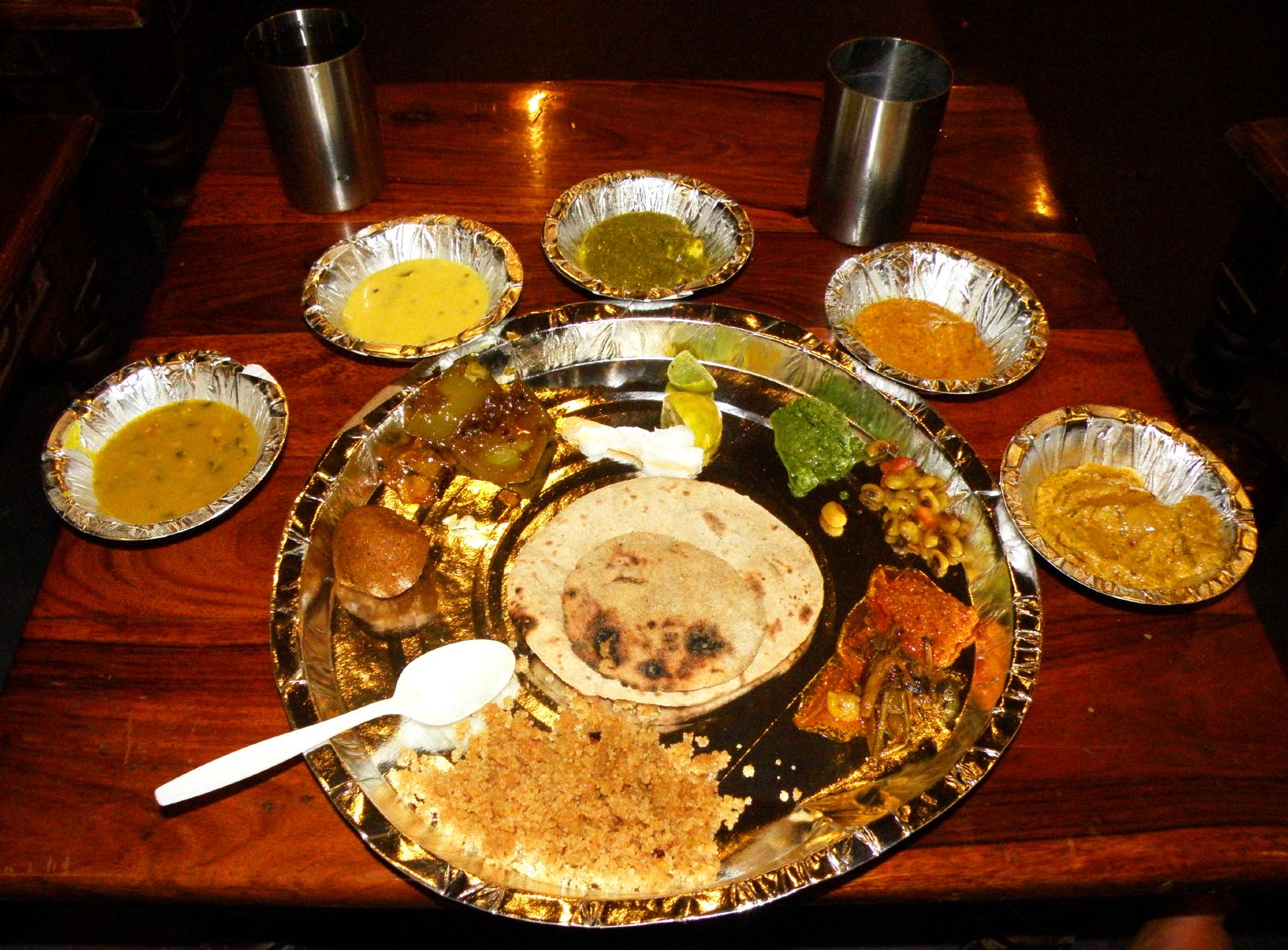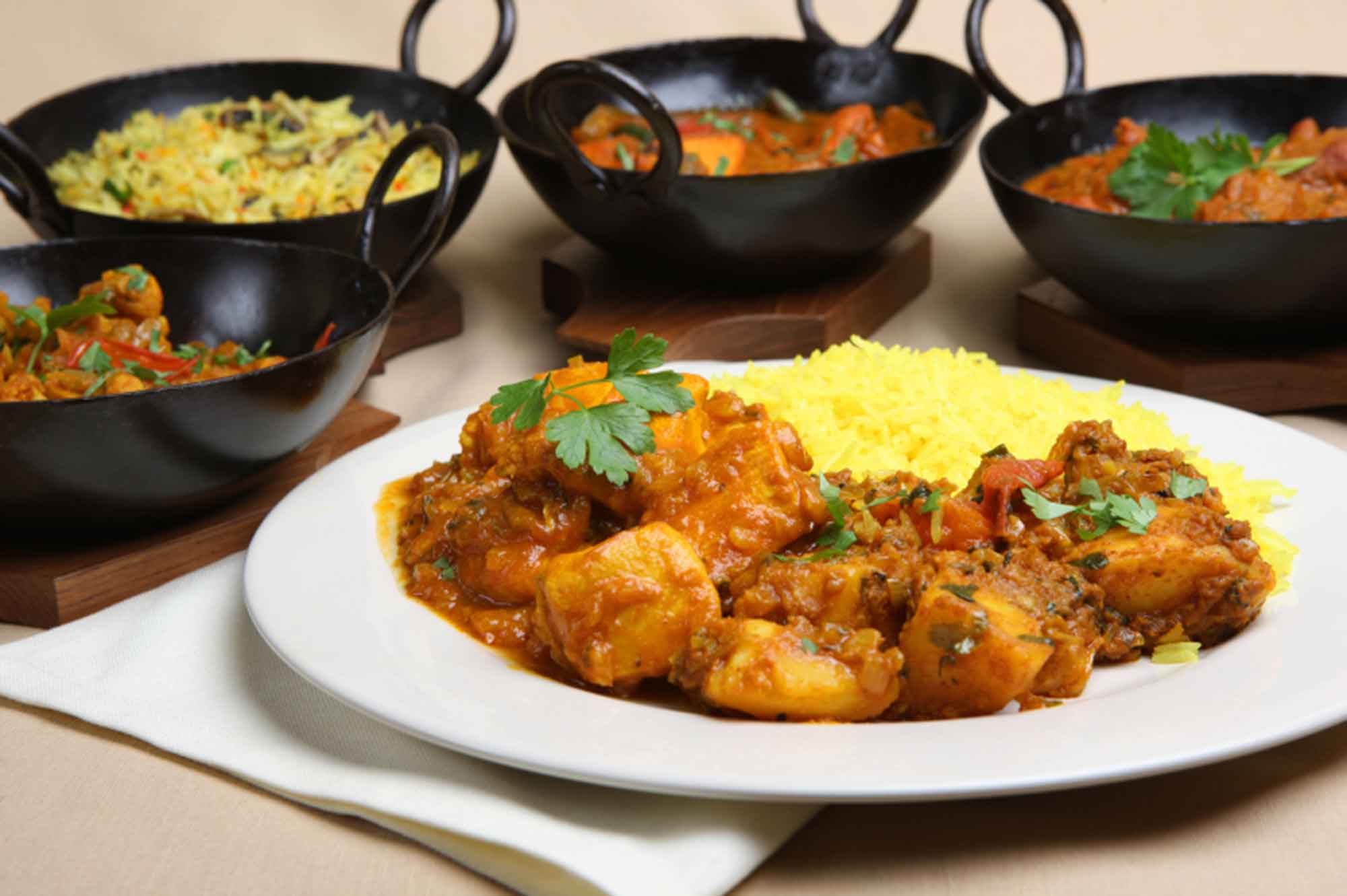Indian Food Facts Biography
Source (Google.com.pk)ndia is a magical paradise for people who love food. Eating Indian food is an elaborate function. India is a land of diversified food culture because of religious, geographical and cultural verities. Moreover history of the country has great influence in its food.
History of Indian food: Four elements provide the key to the taxonomy of Indian cooking: fire, ghee, cultivated grains (anna), and non-cultivated food materials for which the plough is not employed.
Food of India has more vegetables than meat, fish or chicken, a deeply rooted combination of religious and economic factors. The majority of Indian is Hindus who are traditionally vegetarian, and meat has always been much more expensive and less widely available than vegetables. Fish has not made its place in all over India but few states (West Bengal, Kerela, Goa) people cannot imagine their dish without fish.
Food
Another special effects of Indian food is its spices and it rightly known as the ‘home of spice’. There is no other country in the world that produces as many kinds of spices as India does. And there are such potent spices that even if they are required are very minimal quantities in a dish, their influence on the taste and aroma will be substantial. Vasco-da-gama took Indian spices to Europe for its taste, aroma and rich mineral content.
Indian spices:Indian spices are the integral parts of Indian cooking...source of dietary fibre and a good source of iron, magnesium and manganese which help in reducing blood cholesterol.
Rice is the staple starch for the majority of Indian people and in south India they cook rice in a vast range of flavours, colours and texture. In North Indian states, however flat bread is the traditional staples, but today people throughout the country tend to eat a balance of both.
Traditional Indian food recipes gives to the falvour of Indian food culture....
Halwa Fudge and pudding are eaten almost every day, although the dish chosen vary with occasion and place. Indian sweets, known as mithai, are a type of confectionery. Many are made with sugar, milk and condensed milk, and cooked by frying. The bases of the sweets and other ingredients vary by region
Indian Sweets
Gulab jamun is an Indian dessert made out of fried milk balls soaked in sweet syrup
Kulfis are Indian ice-cream, where the sweetened milk/cream is frozen in small metal cans to be served frozen. Usually it has a milky appearance, but additional colors may be applied for display. A summer-time favorite in most of India, especially in the northern India. It comes in variety of flavors such as mango kesar or cardamom
Sandesh is a sweet made from fine cheese made from cow's milk kneaded with fine ground sugar or molases. This is a signature sweet from West Bengal in India. Rasgulla is a popular relished sweetmeats in India. It was only then that Nobin Chandra Das of Kolkata modified its recipe to give it its current form. This dish is produced by the boiling of small balls of casein in sugar syrup. This sweet dessert can be found in many eastern Indian households
The earliest Indians, the Harappans, probably ate mainly wheat and rice and chickpeas and lentils, and occasionally cows, pigs, sheep, and goats, and chicken. Rice and chicken seem to have come from Thailand, and wheat and chickpeas, lentils and sheep from West Asia. Some of the wheat was made into stews or soups, and some into flat breads called chapatis. Indian people also ate sugar cane, which grew naturally in India.
But by around 300 BC, under the Mauryans, a lot of Hindus felt that animal sacrifices added to your karma and kept you from getting free of the wheel of reincarnation. Animal sacrifices became less popular, and although people didn't give up eating meat entirely, they ate much less of it. A lot of people became vegetarians.
In the Gupta period, around 650 AD, Hindus began to worship a Mother Goddess. Cows were sacred to her, and so Hindus stopped eating beef pretty much completely. About the same time, Indian scientists invented a way to make sugar cane juice into sugar cubes, so more people began to eat more sugar and sugary desserts.
A fourteen-year-old Indian boy making bread
And then around 1100 AD, with the Islamic conquests in northern India, most people in India stopped eating pork as well, because it is forbidden by the Koran. People could still eat sheep or goats or chicken, but most of the people in India became vegetarians, and only ate meat very rarely or not at all.
The vegetarian food that Indians ate was mainly wheat flatbreads or a kind of flatbread made out of chickpeas, with a spicy vegetarian sauce with lentils, and yogurt. Or people ate rice, with yogurt and vegetables. A lot of spicy peppers grew in India.
Indian Food Facts Indian Food Images Thali Menu Calori Chart Picture Photography Item Meme Photos Dishes

Indian Food Facts Indian Food Images Thali Menu Calori Chart Picture Photography Item Meme Photos Dishes

Indian Food Facts Indian Food Images Thali Menu Calori Chart Picture Photography Item Meme Photos Dishes

Indian Food Facts Indian Food Images Thali Menu Calori Chart Picture Photography Item Meme Photos Dishes

Indian Food Facts Indian Food Images Thali Menu Calori Chart Picture Photography Item Meme Photos Dishes

Indian Food Facts Indian Food Images Thali Menu Calori Chart Picture Photography Item Meme Photos Dishes

Indian Food Facts Indian Food Images Thali Menu Calori Chart Picture Photography Item Meme Photos Dishes

Indian Food Facts Indian Food Images Thali Menu Calori Chart Picture Photography Item Meme Photos Dishes

Indian Food Facts Indian Food Images Thali Menu Calori Chart Picture Photography Item Meme Photos Dishes

Indian Food Facts Indian Food Images Thali Menu Calori Chart Picture Photography Item Meme Photos Dishes

Indian Food Facts Indian Food Images Thali Menu Calori Chart Picture Photography Item Meme Photos Dishes
No comments:
Post a Comment